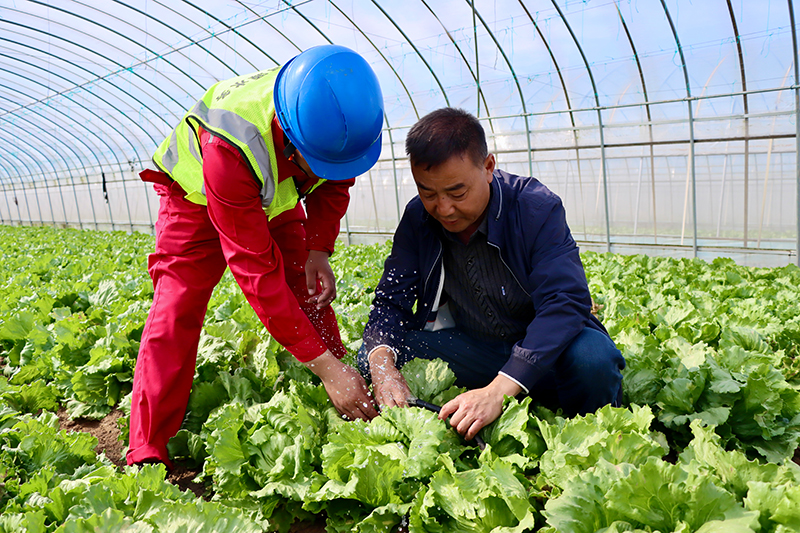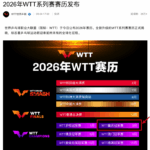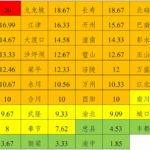Beijing Farmland Irrigation Capacity Improvement Pilot Project Shows Results
Recently, in the fields of Xiaofengying Village, Kangzhuang Town, Yanqing District, clear water gushed from newly drilled wells, marking a substantial breakthrough in Beijing’s farmland irrigation capacity improvement pilot project. This has become an effective solution to overcome water resource constraints for regional agricultural development.
In 2025, Beijing selected Yanqing and Miyun districts as pilot areas for improving farmland irrigation capacity. Yanqing District seized this opportunity as a catalyst for promoting high-quality and efficient development of green agriculture. Under guidance from relevant authorities, Yanqing District initiated preliminary surveys in pilot towns at the beginning of 2025. After rigorous site selection and extensive consultation with towns, villages, and cooperatives, it was finally decided to construct and replace 170 wells in 103 villages across 9 towns including Yanqing Town, Yongning Town, and Kangzhuang Town, along with standardized well houses and equipment.
During project implementation, strict procedures were followed with seamless coordination between各个环节. Scientific evaluations were conducted on design plans, water extraction合理性, water usage scale, and impacts on ecological environment and biodiversity. The project successfully obtained water resource assessment approvals, environmental impact assessment approvals, and completed biodiversity protection filings. Construction officially began on July 17th. To prioritize meeting urgent water needs for vegetable and facility agriculture, construction progressed efficiently with 40 drilling rigs operating simultaneously. So far, 142 wells have successfully produced clear water, covering 21,000 mu of farmland.
The completion of these wells has been like “timely rain after a long drought” for villages like Xiaofengying Village. In 2024, the village innovatively尝试 planting over 100 mu of dryland rice. During harvest season, the现场 of freshly milled rice being sold directly became a notable scene, with daily sales reaching 500-1,000 jin, generating over 300,000 yuan in collective income for the village. Encouraged by this success, the village expanded dryland rice cultivation to 500 mu this year. However, with the expansion, the urgent need for irrigation water became a major obstacle for developing this specialty industry. The village representative无奈 stated: “For these 500 mu of dryland rice, we had to draw water from the village, 3 kilometers away, which was costly and inefficient.”
On August 15th, construction teams began drilling wells in Xiaofengying Village. Now, the new wells are operational, providing stable water sources. The village is vigorously promoting digital paddy field construction with supporting smart irrigation systems,推动 agricultural production toward智能化 and digital transformation, gaining more confidence in developing dryland rice specialty cultivation. The village representative兴奋地 shared this transformation.
Another beneficiary of the pilot project is the Beijing Green Planting Professional Cooperative in Gaomiaotun Village, Dayushu Town. This cooperative has been an important entity for stable vegetable production and supply. On 400 mu of fertile land, seasonal vegetables like lettuce, cabbage, Chinese cabbage, broccoli, and cauliflower grow lushly, supplying 2,000 tons of high-quality vegetables to the market annually with output value exceeding 5 million yuan. However, behind this thriving industry lay concerns about insufficient irrigation capacity. The original irrigation facilities covered limited areas, making it difficult for some farmland to receive timely water, thereby increasing production costs.
Now, with precise support from Yanqing District’s farmland irrigation capacity improvement pilot project, the cooperative has added 2 new wells. In the new well houses, water filtered through sand and gravel systems mixes with scientifically proportioned fertilizers进入 drip irrigation systems, accurately delivering水分 and nutrients to each plant’s roots. This has transformed traditional irrigation methods, bringing tangible convenience and benefits to the cooperative.
A district agricultural official stated: “This irrigation capacity improvement pilot project is expected to complete all 170 wells this autumn, effectively improving irrigation conditions for 24,200 mu of farmland in Yanqing District. This不仅仅 addresses ‘difficulties in watering’ but also represents a crucial step in promoting optimized adjustment of Yanqing’s planting industry structure – transitioning from traditional low-efficiency crops to high-value industries like vegetables and specialty crops, significantly enhancing land output efficiency and farmer income.”
The rapid progress and initial results of the project provide replicable and scalable “Yanqing experience” for comprehensively advancing farmland irrigation modernization across Beijing. From scientific and rigorous preliminary assessments and approvals, to construction approaches focused on needs and prioritizing key areas, to promoting water and fertilizer integration and other water-saving efficiency technologies, the Yanqing pilot is exploring an effective path for improving cultivated land quality and achieving high-quality agricultural development.





